The Hellebore or Christmas rose is one of the few perennials to flower in mid-winter. Very hardy, hellebores produce single or double flowers in a wide range of colours: pink, purple, white, yellow, green and even black. It is very easy to multiply hellebores by dividing the clump and also by sowing. Some even self-seed. Here is how to multiply your Christmas roses effectively!
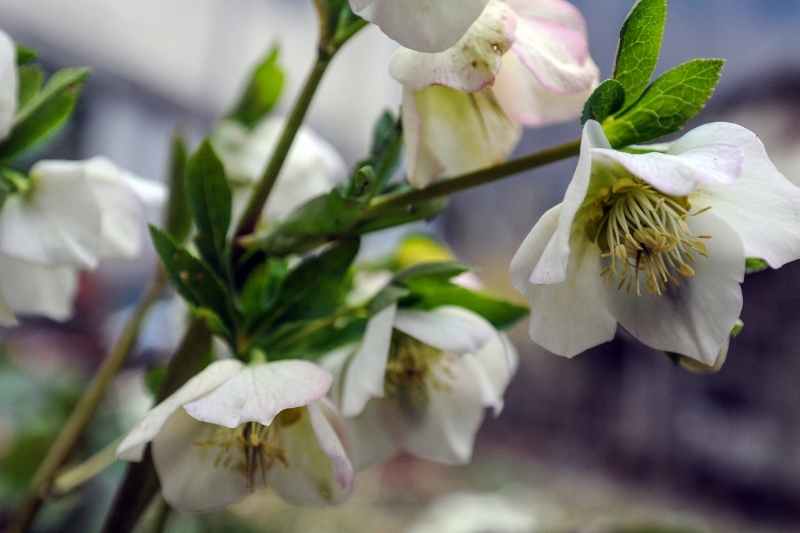
What are the techniques to multiply your Christmas roses or hellebores?
Required equipment
For dividing
- Spades and digging fork
- Knife
- Transplanting trowel
- Watering can
For sowing
Different propagation techniques
To multiply hellebores, two methods are possible: sowing or division of clumps. Some hellebores also self-seed: in that case simply let them grow where they have germinated or move them to another spot in autumn. Sowing is the only way to reproduce Helleborus foetidus, Majorca hellebore and Corsican hellebore, as they do not multiply by clump division.
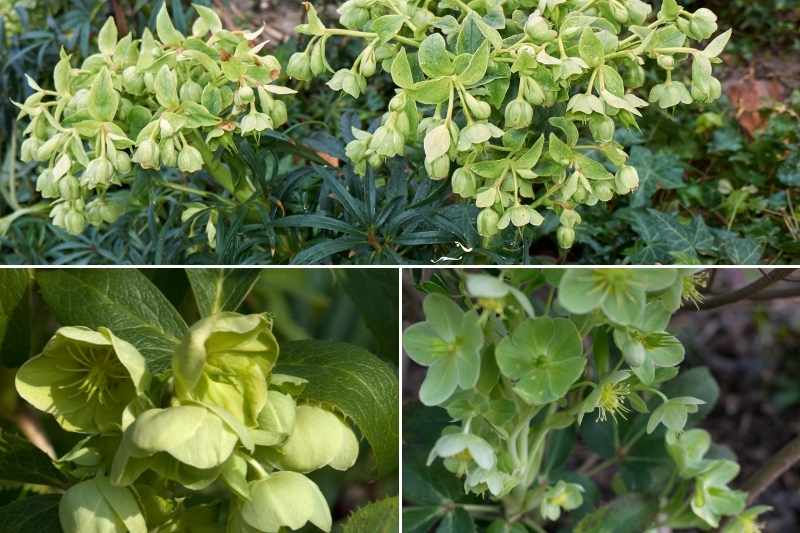
Three hellebores propagated by sowing: Helleborus foetidus (top), Helleborus argutifolius and Helleborus lividus
Division
Clump division is a quick and reliable technique to multiply hellebores. Division is generally carried out in early spring, just after flowering. Oriental hellebore, however, is best multiplied in late summer or early autumn.
- Choose a large clump of hellebore, at least 4 or 5 years old — beware, roots are fragile!;
- Mark a perimeter with a spade around the whole plant;
- Dig up the clump from the soil using a digging fork (or a simple spade), keeping as many roots as possible;
- Divide the root system in two with a knife;
- Replant the sections elsewhere and water well;
- Keep soil moist until hellebores resume growth: the flowering may be rather poor the following year.
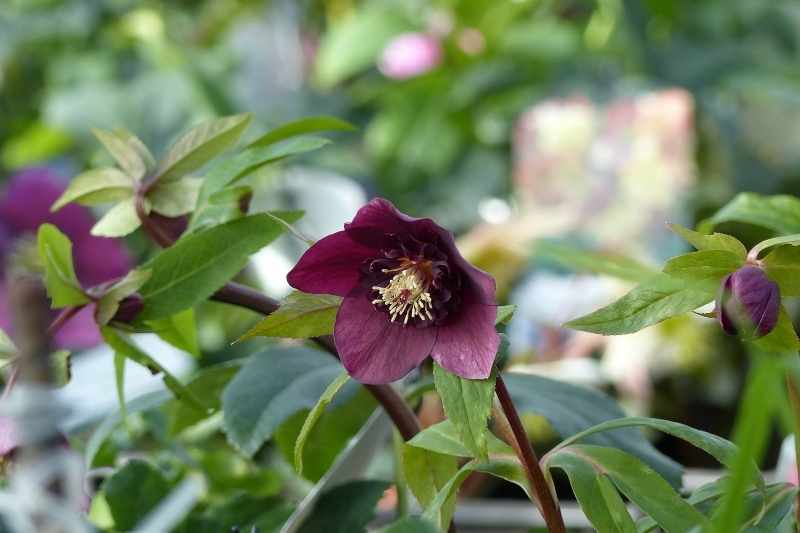
Oriental hellebore or Lenten rose is divided in late summer
Sowing
Hellebore seeds do not keep, so sow them quickly after harvesting! Also, by sowing you can never be certain of obtaining a plant identical to the mother plant: colour variations may occur (which can be fun!).
Note also that some hybrids, such as Helleborus x nigercors, cannot be multiplied by sowing, as they prove to be sterile.
- Place seeds in the refrigerator for 10 to 15 days: they need a period of cold to germinate;
- Fill your buckets with seed compost;
- Place a few seeds on the surface and cover with a thin layer of substrate;
- Press down gently and water well;
- Keep the pot sheltered, in light, ensuring compost remains moist;
- Seeds will germinate around February–March;
- Plant your young seedlings in soil in spring: April–May;
- Sowing requires patience: hellebores produced this way will only flower after 2 to 3 years.
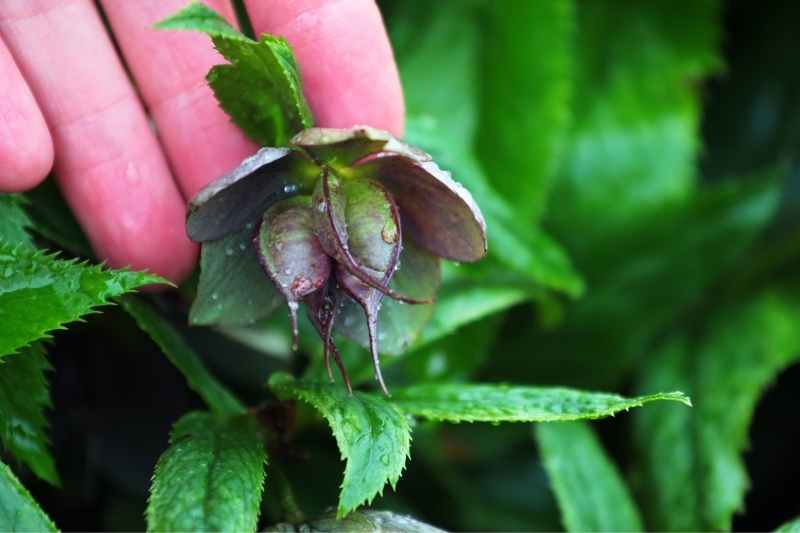
Harvest the brown seeds once fully dry in May; they are inside the follicles at the heart of the flower
To go further
→ Find our finest hellebores in our online nursery.































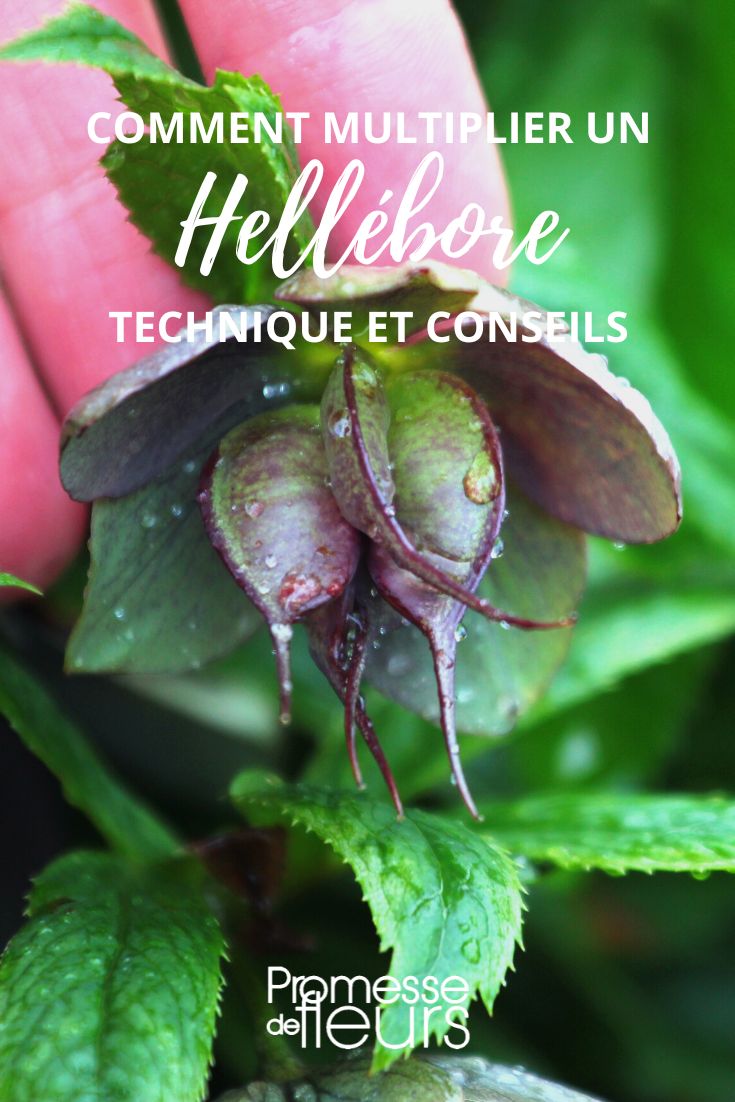
Comments